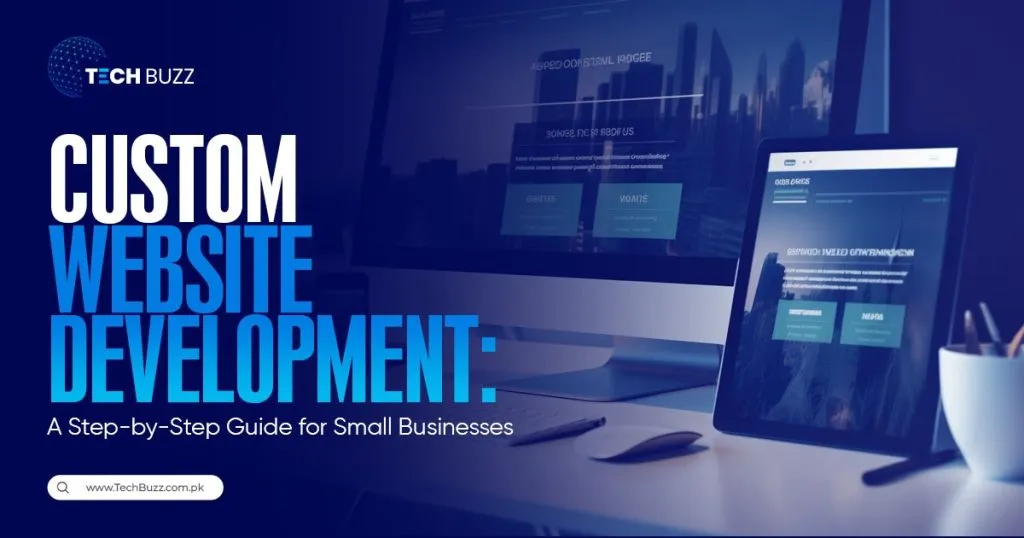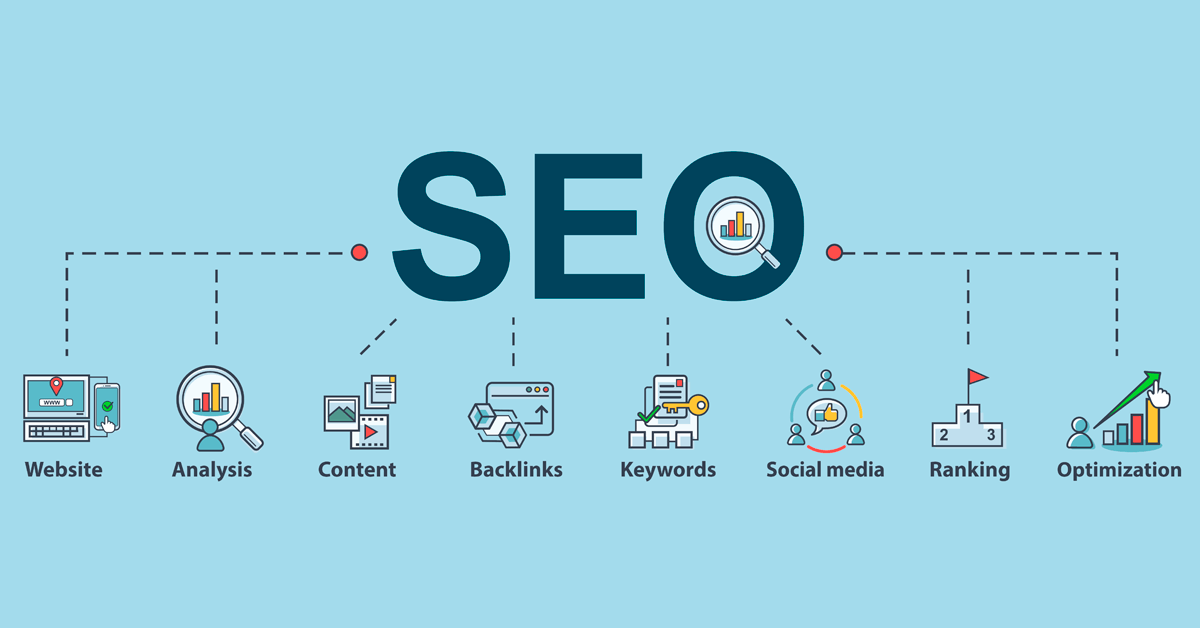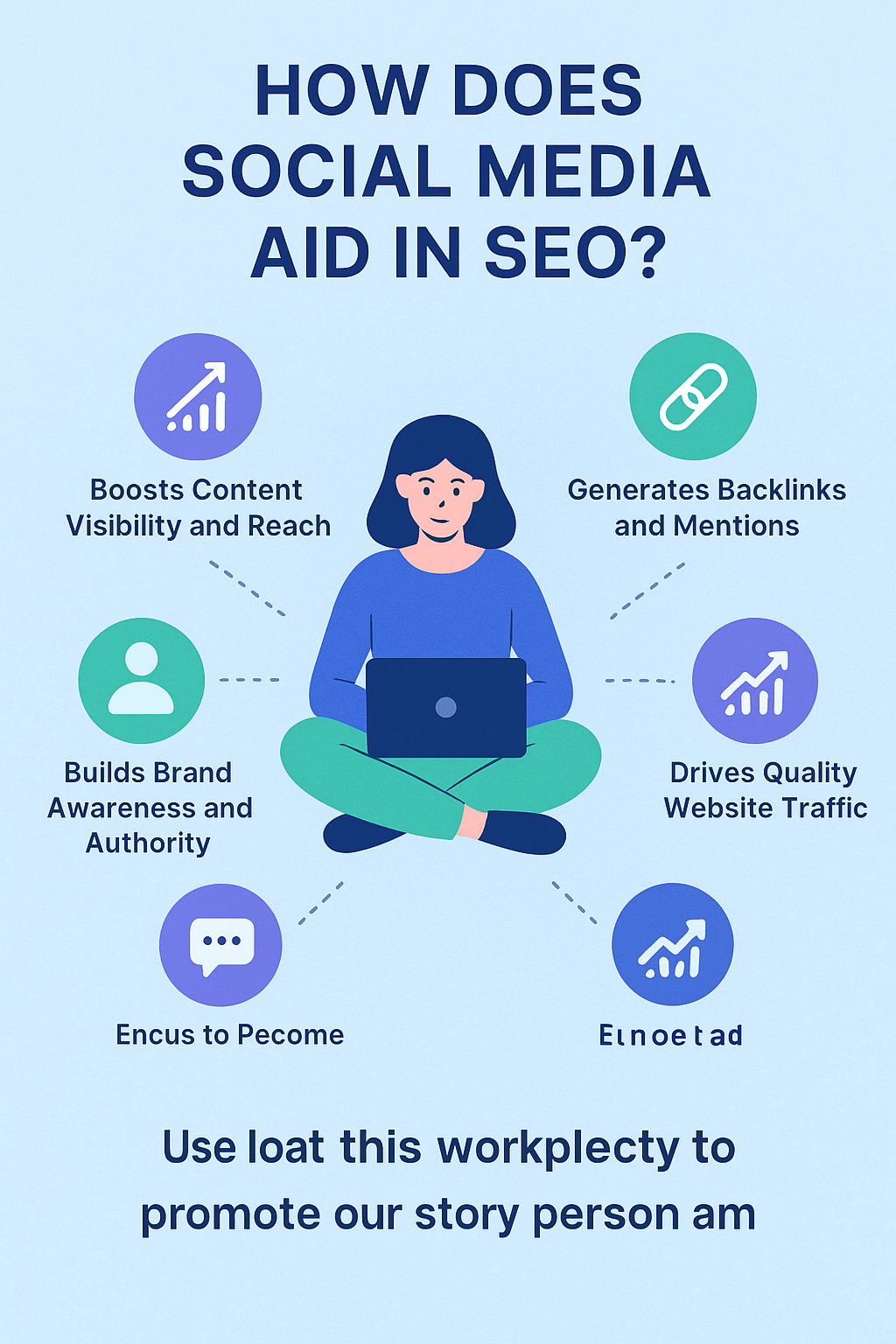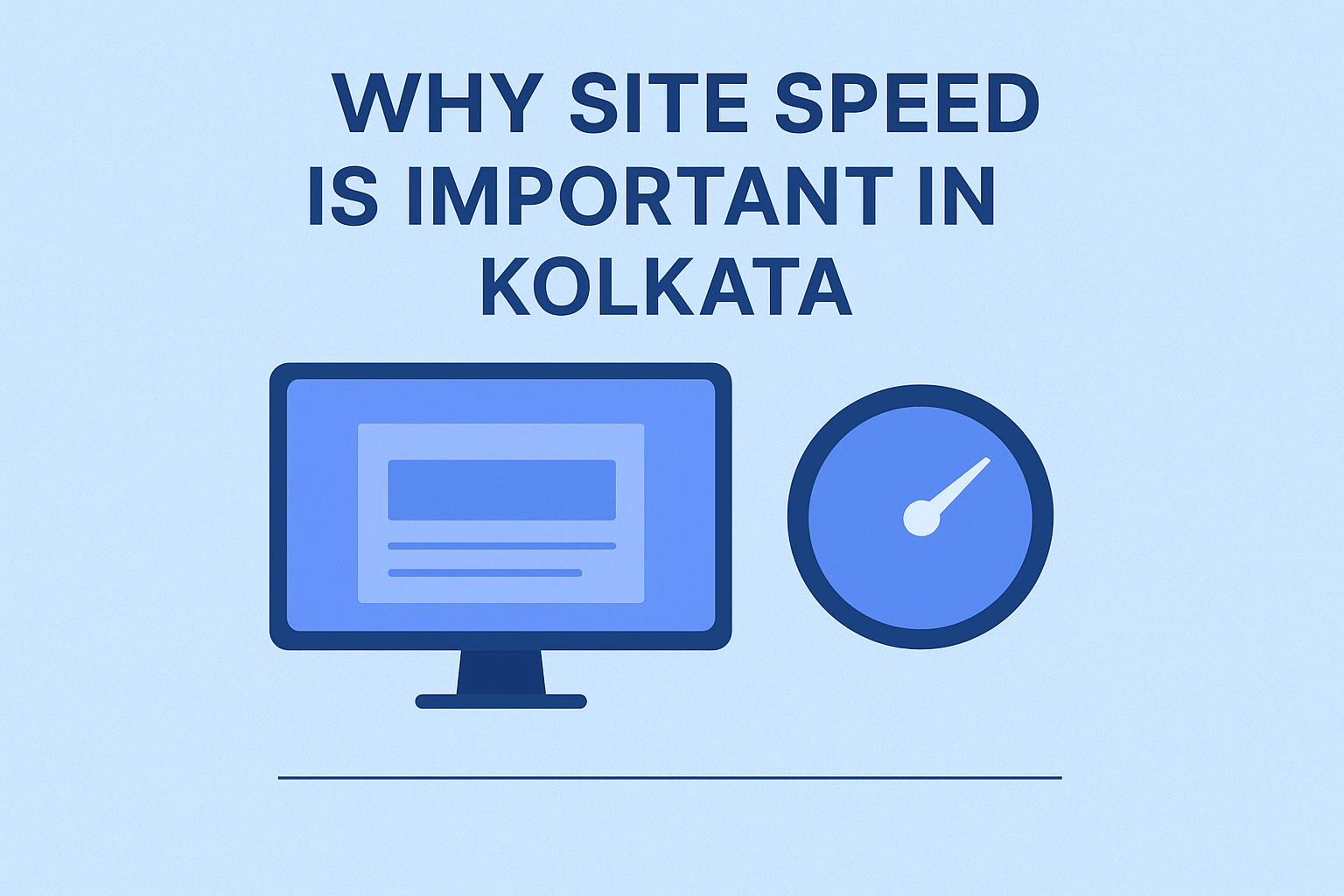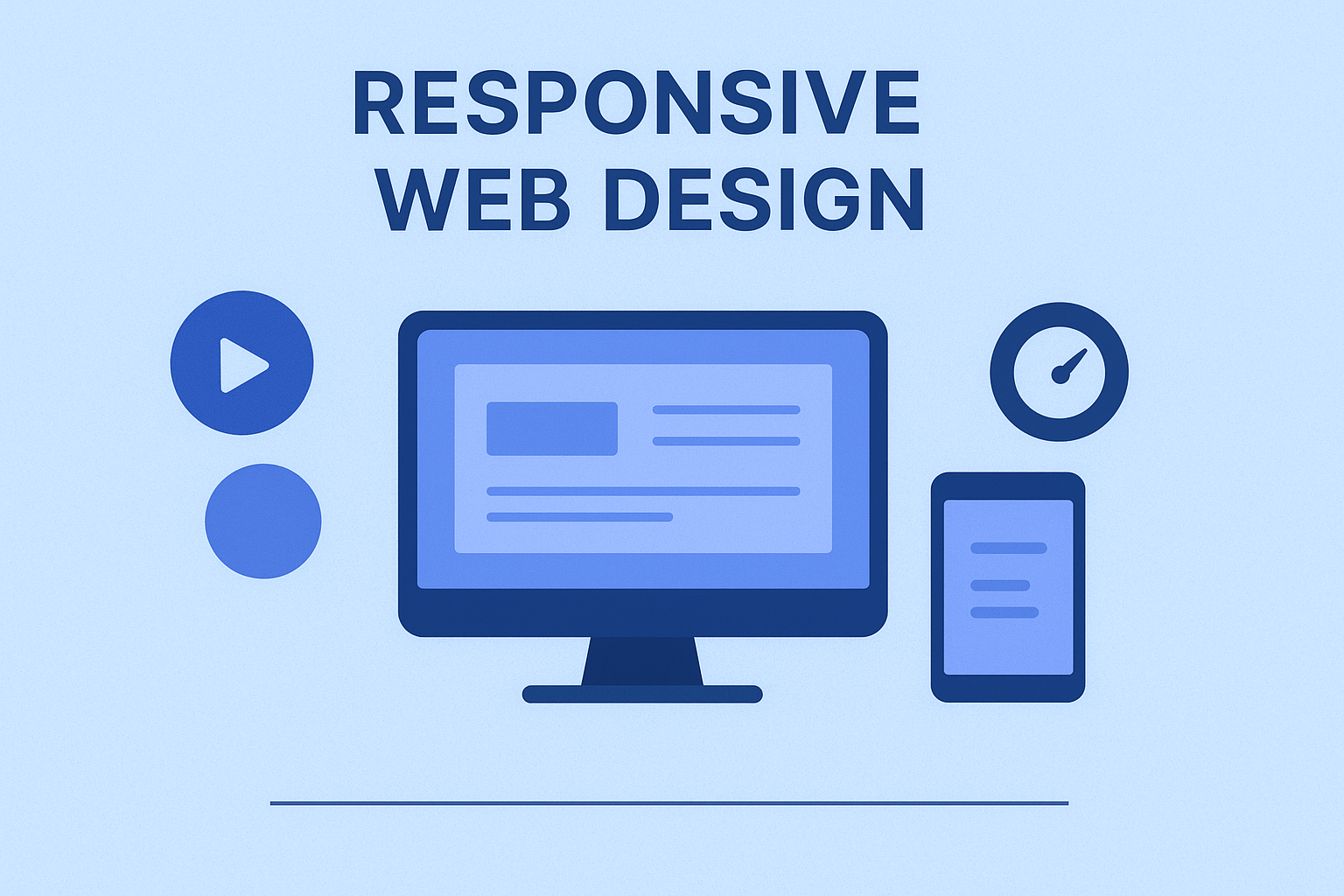
What Is Responsive Web Design and Why It Matters in 2025
In today’s digital world, people access websites from a wide variety of devices — smartphones, tablets, laptops, and desktops. This is where responsive web design (RWD) becomes essential. It ensures your website automatically adjusts its layout, images, and elements to provide the best user experience, no matter the screen size or device type.
A responsive website isn’t just a design choice anymore — it’s a necessity for visibility, accessibility, and business growth.
Understanding Responsive Web Design
Responsive Web Design is a web development approach that enables your website to adapt dynamically to different screen sizes and resolutions. Instead of creating separate versions for mobile, tablet, and desktop, a responsive design uses flexible grids, fluid images, and CSS media queries to make the site look great on any device.
For example:
-
Text and images resize automatically for readability.
-
Navigation menus adjust for touch or click interactions.
-
Content rearranges to fit smaller screens without breaking layout.
Why Responsive Design Is Important
1. Improved User Experience (UX)
A responsive design provides visitors with a seamless browsing experience, eliminating the need for zooming or scrolling horizontally. When users can easily navigate your website, they stay longer, explore more pages, and are more likely to convert.
2. Better SEO Performance
Google prioritizes mobile-friendly websites in its search rankings. Responsive design helps improve your search engine optimization (SEO) because it ensures consistent content across devices and enhances page speed — two critical ranking factors.
3. Increased Mobile Traffic
Over 70% of web traffic now comes from mobile devices. A responsive website ensures your business captures and retains this massive audience segment without frustrating mobile users.
4. Higher Conversion Rates
When users can effortlessly interact with your content on any device, conversion rates improve. Responsive layouts simplify checkout processes, contact forms, and calls-to-action, reducing drop-offs and boosting sales or leads.
5. Cost-Effective and Easy Maintenance
Maintaining one responsive website is far more efficient than managing separate versions for desktop and mobile. You save both time and money while ensuring consistent branding and functionality across all platforms.
Key Elements of Responsive Web Design
-
Fluid Grid Layouts – Web page elements are sized in relative units (percentages) rather than fixed units (pixels).
-
Flexible Images & Media – Images scale automatically within their containers, preventing overflow.
-
CSS Media Queries – These detect the user’s device size and adjust the layout accordingly.
-
Mobile-First Approach – Designing for smaller screens first ensures scalability for larger ones.
-
Fast Loading Speed – Optimized coding and image compression help your site load faster across devices.
How Responsive Design Impacts Digital Marketing
In the digital marketing ecosystem, your website is the foundation of your online presence. A responsive web design enhances:
-
SEO rankings, by being mobile-friendly and faster.
-
Engagement, through better user interaction and content accessibility.
-
Conversion rates, as users can easily navigate and take action on any device.
Whether you’re running ads, email campaigns, or social media promotions — your landing pages must be responsive to drive effective results.
Conclusion
A responsive website design is no longer optional — it’s the standard for modern web development in 2025. It improves user experience, boosts SEO rankings, increases conversions, and ensures your brand stays competitive in an increasingly mobile-first world.
If you want your website to perform well across all devices and deliver measurable ROI, investing in responsive web design is the smartest decision you can make.
More Articles
Custom Website Development: A Step-by-Step Guide for Small Businesses
Custom web development enables small businesses to create unique online presences tailored to their specific needs and goals, instead of relying on pre-made templates. In addition, this comprehensive ...
Read allWhat are the major components of Digital Marketing?
Why digital marketing?Every marketing strategy also includes a digital plan of action within it. Without factoring it in, no marketing goal can be executed now. When you include it, you get a wholesom...
Read allHow SEO works for business
The Power of SEO in Business: A Comprehensive GuideIn the continuously evolving landscape of digital marketing, the competition to stand out is fierce. Amidst this digital crowd, how does one ensure t...
Read allRole of Social Media in SEO
How Does Social Media Aid in SEO?IntroductionIn today’s digital era, social media and SEO go hand in hand. While social media doesn’t directly affect search rankings, it plays a powerful indirec...
Read allWebsite Security
Website Security – Protecting Your Online PresenceIn today’s digital-first world, your website is more than just an online identity — it’s the foundation of your business. Whether you run an e...
Read allWhy site speed is significant in web design
Why Site Speed Is Significant in Web DesignIn today’s fast-paced digital world, patience is scarce — and your website has only seconds to make an impression. A slow-loading site doesn’t just cos...
Read allWhat is Flutter
What is Flutter? Your Ultimate Guide to Building Beautiful Cross-Platform AppsIn today's fast-paced digital world, having a strong mobile presence is no longer a luxury—it's a necessity. But buildin...
Read allImportance of User Experience(UX) in Apps
Why UX is Your App's Secret Weapon for SuccessIn today's crowded app stores, a brilliant app idea isn't enough. What truly differentiates a winning mobile app is its user experience (UX). ...
Read all